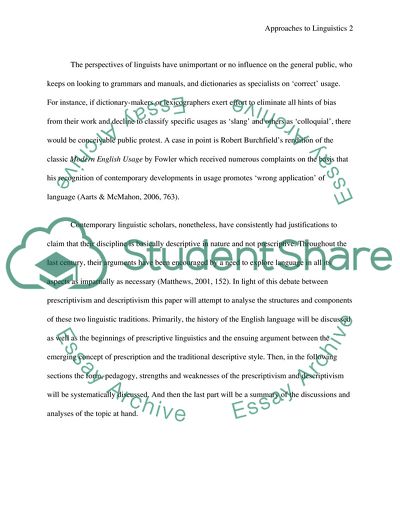Cite this document
(English Pronouncing Dictionary by Daniel Jones Article, n.d.)
English Pronouncing Dictionary by Daniel Jones Article. Retrieved from https://studentshare.org/education/1726860-linguistics-prescriptivism-vs-descriptivism
English Pronouncing Dictionary by Daniel Jones Article. Retrieved from https://studentshare.org/education/1726860-linguistics-prescriptivism-vs-descriptivism
(English Pronouncing Dictionary by Daniel Jones Article)
English Pronouncing Dictionary by Daniel Jones Article. https://studentshare.org/education/1726860-linguistics-prescriptivism-vs-descriptivism.
English Pronouncing Dictionary by Daniel Jones Article. https://studentshare.org/education/1726860-linguistics-prescriptivism-vs-descriptivism.
“English Pronouncing Dictionary by Daniel Jones Article”, n.d. https://studentshare.org/education/1726860-linguistics-prescriptivism-vs-descriptivism.


